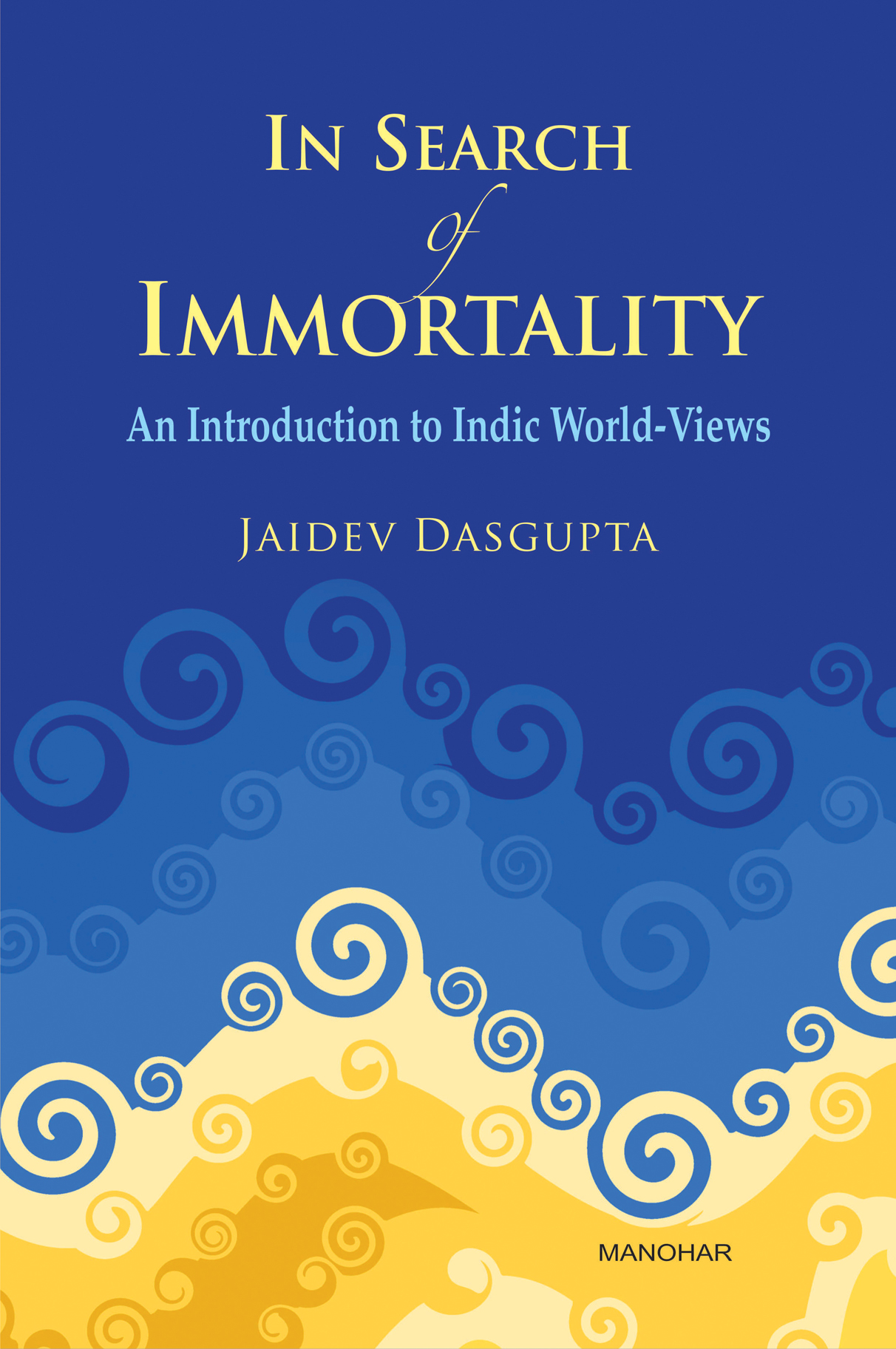Excerpt from
In Search of Immortality
Chapter 1
Out of Africa
Scientific studies using genetic markers indicate that modern humans left Africa and reached South-East Asia and India around 60,000 years ago and Europe about 40,000 years ago. The reason they migrated out of Africa in that period is presently a matter of speculation that requires support from further research. Why after leaving Africa humans kept moving forward to distant lands also remains to be explained. Whether it was shortage of food or climatic changes or bands of nomads kept following their animals in search of food and water, or simply a sense of adventure that impelled humans to explore new territories, is not known. Whatever the reasons, humans by this time were certainly well out of their animal-like existence. Based on the available information, it is believed that these ancestral humans displayed modern behaviour, and prior to dispersal out of Africa they went through radical changes in technology, economy, and social patterns. For example, the manufacture of complex, multi-component tools such as spears for hunting indicates their ability of abstract thinking required for building such tools. Archaeological evidence suggests that adjacent groups engaged in either trading or exchange of goods. Ritual burials indicate that perhaps these people had some kind of a religious belief. Body ornamentation with shells and pigments was probably used as a means for communicating symbolically a person’s gender, social group, or status.
In later periods the art of symbolic representation touched new heights when the descendants of these humans engaged in cave paintings, engravings, and sculptures. Although the ancient remains do not tell what these artifacts meant to their makers and why they were created, scholars believe that they are the representations of mythological figures, stories, and magical rites prevalent in those times.
The overall picture emerging from the evidence above is that in the last 80,000 years or so modern humans have been constantly marching towards a better understanding of the world, and becoming more intentional and purposeful in their actions. The signs of purposeful behaviour and the ability to organize discreet activities across space can be found even in the primitive humans or hominins as early as 750,000 years ago, when they displayed the sense of spatially organizing life-supporting activities such as stone chipping, tool use, and processing and consumption of floral and faunal food.
The intrinsic curiosity of humans to know about the world and build a world-view could be instinctive. There may be a knowledge instinct built into human nature, which is driven by the imperative to survive. It is well known that the pressure to survive had been working not only on humans but also on their ancestral animals for millions of years. With this evolutionary past, it is not hard to assume that this pressure structured and programmed the human mind to view the world in a self-oriented manner; and created a pre-disposition for understanding the world in a fashion that would improve human survival. It is this orientation that causes a human being to see itself separate from the rest of the creatures and the world. He sees the world as something other than himself, and is instinctively driven to learn more about it, organize, control, and master it as much as possible. Thus the most basic drives for food, sex, shelter, and safety force humans to organize experiences in a way to make some sense of themselves and their world, learn important lessons, and derive rules for living a purposeful life.
In Search of Immortality
Table of Contents
1: Introduction
- Out of Africa
- The Vedas and the Rest
2: Where Did the World Come From?
- Early Speculations: Creation in the Vedas
- The Unknown Reality: Upanishadic Visions of Creation
- The One in Many: Creation Stories in the Puranas
- Origin of Deities and Creatures
- The Substance of the World
- Dissolution of Universe
- The Sikh View of Creation
- Did God Create the World?
- Creation in Buddhism and Jainism
3: How Does it Work?
- Space
- Time
- Critical Assessment of Time and Causality
4: Who Am I?
- In Search of Immortality
- Does Soul Exist?
- Quest for Self Continues
- The Law of Karma and Free Will
5: How Do I Act?
- Declining Dharma in the World
- Law and Order in the Universe
- Supporting Dharma
- The Dhamma of Ashoka
- Difficulty with Dharma
- Individual vs. Society
6: What is the Purpose of Life?
- Moving from Heaven to Earth
- Liberation in Philosophical Systems
7: Enduring Elements of Indian Thought

Buy In Search of Immortality
Discover the roots of Indic world-views. Available on Amazon and Amazon India.
